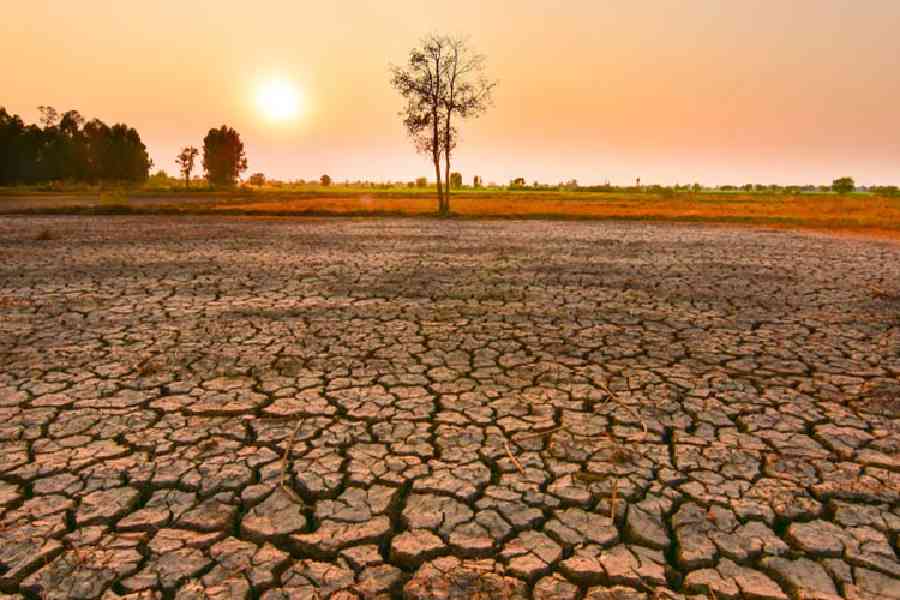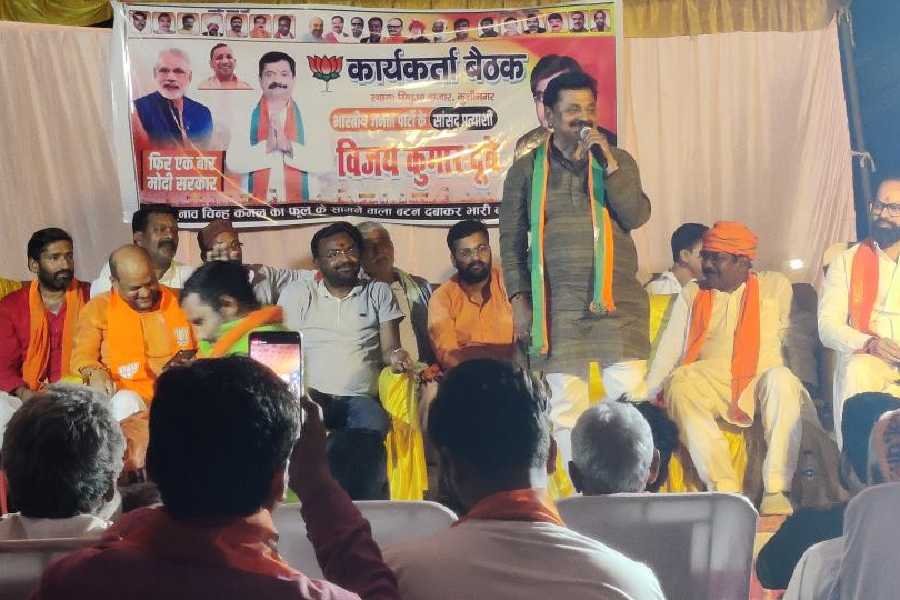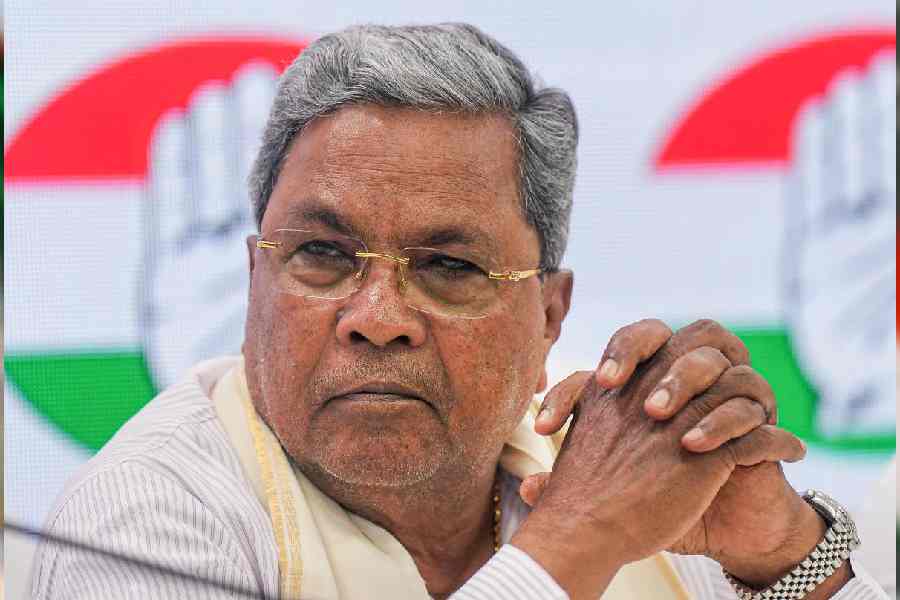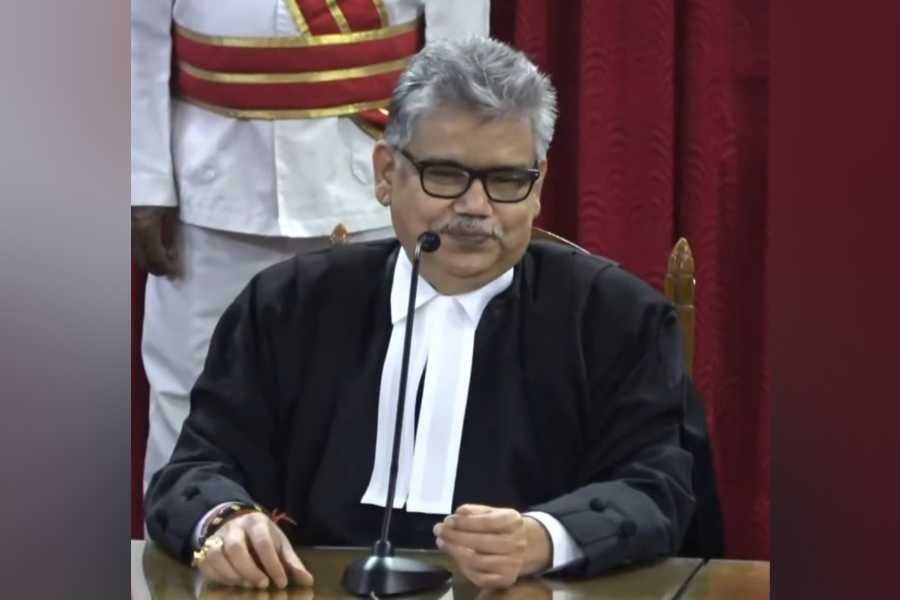The Pacific Ocean phenomenon called El Nino and local weather factors have “collaborated” to produce a “break” in the monsoon over India that has made August among the driest in decades, weather scientists have said.
The all-India rainfall during August measured on Tuesday stood at 32 per cent below normal, a greater deficit than 25 per cent below normal during August 2005, said D.S. Pai, a scientist with the India Meteorological Department (IMD).
The IMD had earlier this year predicted an overall normal monsoon rainfall at 96 per cent of the long-period average. But cumulative rainfall since the monsoon season’s start on June 1 until August 29 is 9 per cent below the long-period average.
Since the season's start, 10 of the IMD's 36 meteorological subdivisions, including Gangetic Bengal, Bihar, Jharkhand, Kerala, eastern Uttar Pradesh and south interior Karnataka, have received 27 per cent to 48 per cent below-normal rainfall. Three have received excess rainfall, 22 have received normal rainfall, and one has received large excess.
“August 2023 is set to become the driest August on record since 1901,” Akshay Deoras, a research scientist at the National Centre for Atmospheric Science at the University of Reading, UK, posted on X (formerly Twitter) on Tuesday.
El Nino — a slight elevation in the sea surface temperatures in a region of the Pacific Ocean historically linked to poor monsoon rains over India —had emerged in June. But its effects on the rains in India through its interaction with the global atmosphere, scientists say, can come after a lag of some weeks.
“Other weather factors can be constructive or destructive on the effects of El Nino,” said Pai. “If they are constructive, it means they enhance El Nino’s effects — over the past month they collaborated to adversely impact rainfall.”
Pai said the monsoon trough — a belt of low-pressure area — through much of August was north of its normal position, close to the Himalayas. Under these circumstances, he said the monsoon activity over central and peninsular India is lower than normal.










